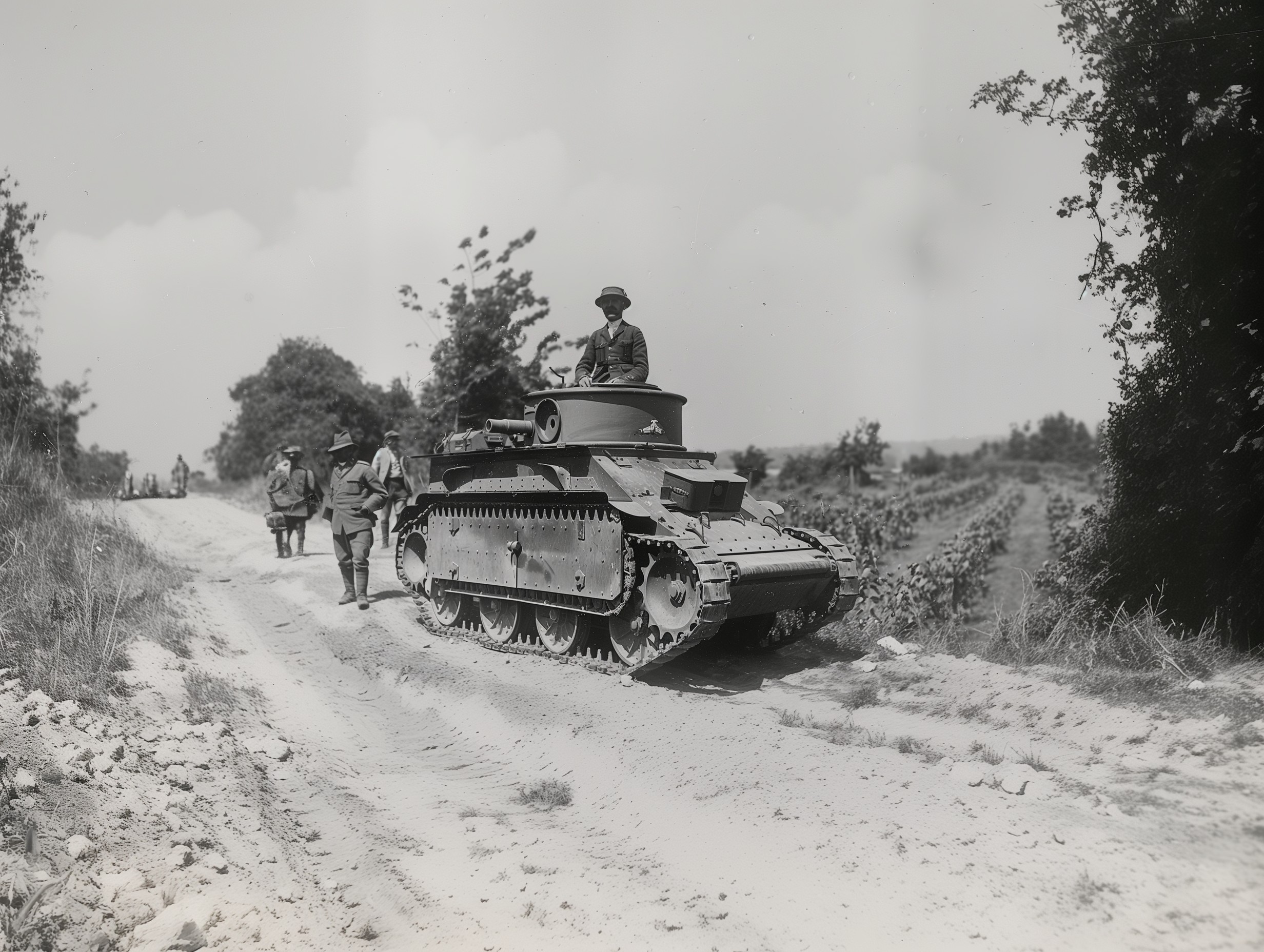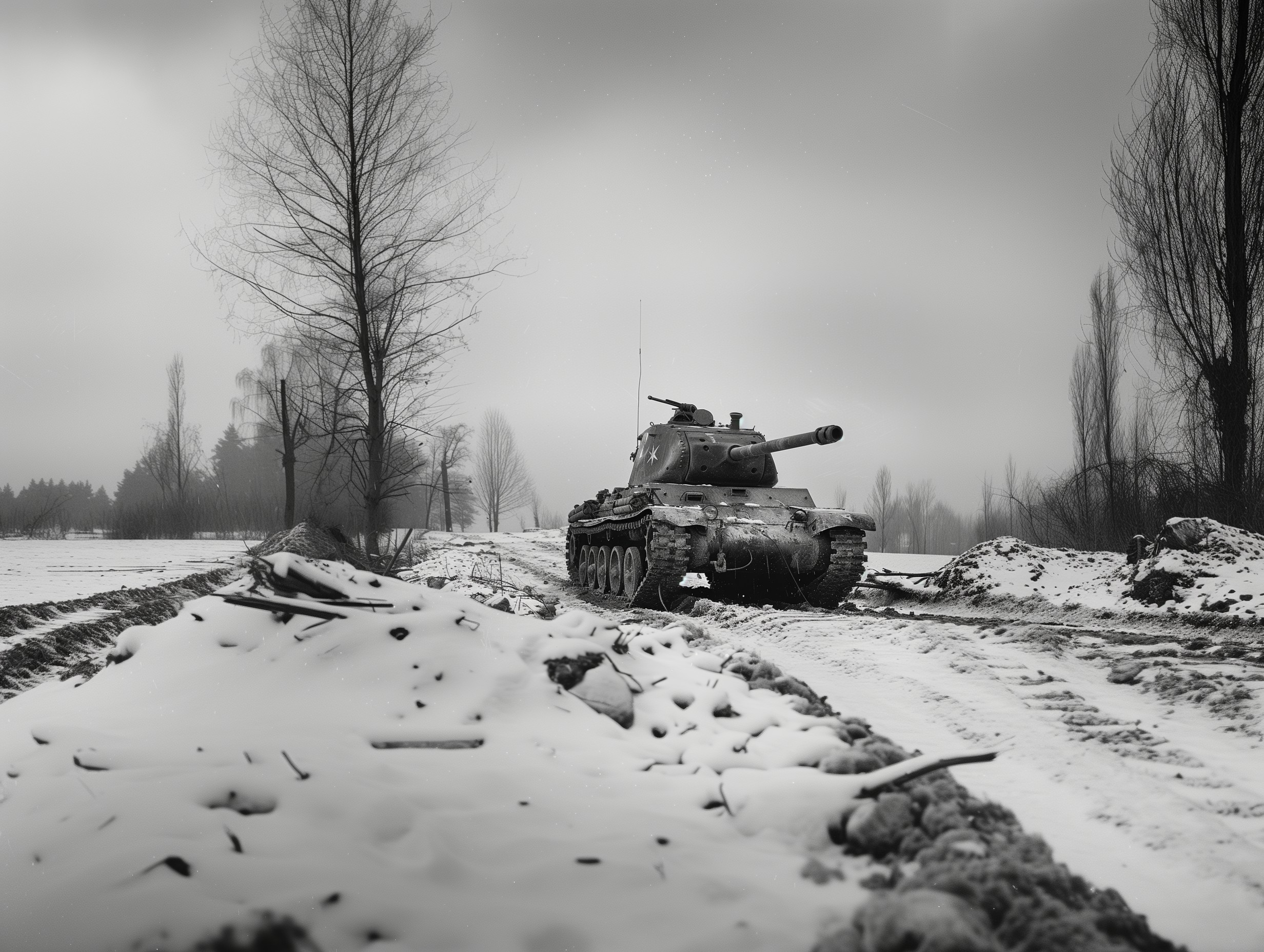Camouflage Techniques of the Panther Tank
The Panther tank, a cornerstone of German armored might during World War II, not only boasted advanced engineering but also utilized innovative camouflage techniques. These methods were crucial for maintaining the element of surprise and enhancing battlefield survivability.
Historical Context
Introduced in 1943, the Panther tank was a response to the Soviet T-34 and the need for a more versatile and powerful armored vehicle. Its design emphasized firepower, protection, and mobility.
Camouflage Strategies
Camouflage played a vital role in the Panther's operational strategy. The German military employed a variety of paint schemes and patterns adapted to the seasons and environments. These ranged from the standard dark yellow base with green and brown disruptive patterns to winter whitewash applied over the base colors for operations in snowy conditions.
Impact on Modern Armor
The camouflage techniques developed for the Panther tank have influenced modern military vehicles. Today's tanks often feature digital camouflage and other advanced coatings designed to reduce visibility to enemy forces and thermal imaging systems.

